More sustainable than commercial toothpaste, tooth powders effectively clean your teeth. They’re simple to make, help save you money, and by making your own, you control the ingredients.
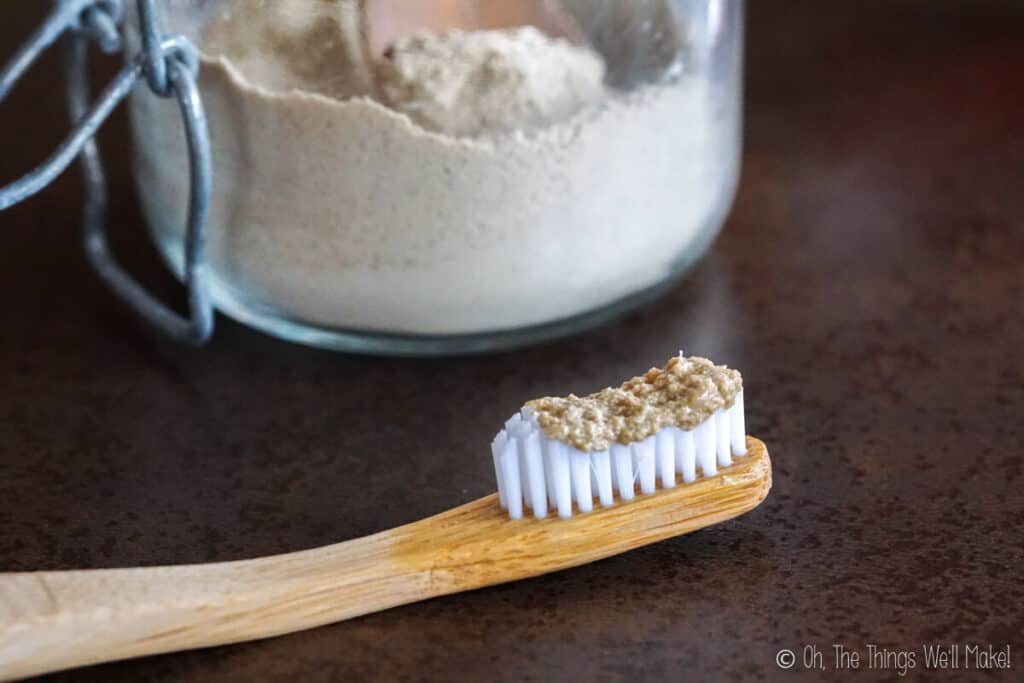
Table of contents
For many years now, I’ve been brushing my own teeth with a variety of homemade toothpastes. For some reason, though, I put off trying to make or use a tooth powder until more recently.
Perhaps I thought it would be uncomfortable to use. (It isn’t.) Or maybe I thought it would feel grainy and unpleasant. (It doesn’t.)
When my naturopath gifted me a tooth powder to try out towards the end of last year (and, yes, she knew my history of being a dentist), I decided it was time to test it.
I used it until I ran out and have to admit that I was pleasantly surprised by how much I liked it. I wanted to make more.
So, when I met Kelly Hancock, RDH of Toothbrush Life, around that time, I thought it would be fun to challenge her to make a tooth powder for my readers. It’s something I’ve been meaning to do for a while now.
She jumped at the opportunity and quickly sent over a recipe and an article to share with you. I made it myself and have to say I love it! I have since customized the recipe and will give you my thoughts and ideas for customizations. First, though, let me leave you with Kelly’s article…
Why make your own toothpaste powder?
It’s important to know what you put in your body. If you make your own toothpaste powder, you will stay in control of all of the ingredients used.
Avoid toxic ingredients
No extra stuff, no fluff, no extra additives or harmful chemicals.
There are some chemicals in regular over-the-counter toothpaste that have been deemed harmful and cause many people health issues.
SLS
One common ingredient that people often have reactions to is SLS, or sodium lauryl sulfate. This is a surfactant or synthetic detergent. It’s what makes your toothpaste foam up. It can also cause tissue sloughing and mouth ulcers.
Triclosan
Another toxic ingredient sometimes included in commercial toothpaste is Triclosan. Triclosan, a bactericide, has been linked to concerns over antibiotic resistance. It is also an endocrine disruptor that has been shown to affect thyroid function and impair muscle function (including that of the heart).
FDA stance on triclosan
The FDA no longer allows for the use of triclosan in most home care products like hand soaps. They do, however, allow it in toothpaste, despite the studies that show its negative health implications, because it has been shown to improve gingivitis in some patients.
Are you willing to risk your health to maybe slightly improve gingivitis? (When you can make changes in your oral care to improve gingivitis without those health risks?)
More sustainable
If you make your own toothpaste powder, not only will you have a safer toothpaste, but you will also be helping the environment.
Think of how many tubes of toothpaste you go through in a year. Tooth powder can be stored in a glass jar. No more plastic waste.
Save money
Once you’ve bought the inexpensive ingredients needed for making toothpaste, you can make many batches. That means you can save a lot of money over buying commercial toothpaste or tooth powder.
Tracy’s comment
Another great reason to make a homemade tooth powder is that there is no need to add a preservative. It has a very long shelf life. There is no need to worry about microbial growth. (This is the main concern when making a homemade water-based toothpaste.)
Because no water is added, no preservative is needed. (You can read more about when and why to use preservatives in my beginner’s guide to natural preservatives.)
Be careful not to contaminate the tooth powder with water when using it.
To keep the toothpowder contaminant-free, consider spooning up a small amount of the powder onto a clean spoon and loading it onto your brush from there. Using a damp toothbrush, rather than a dripping wet one, may also help.
Ingredients
Making your own tooth powder is simple and doesn’t require a lot of ingredients.
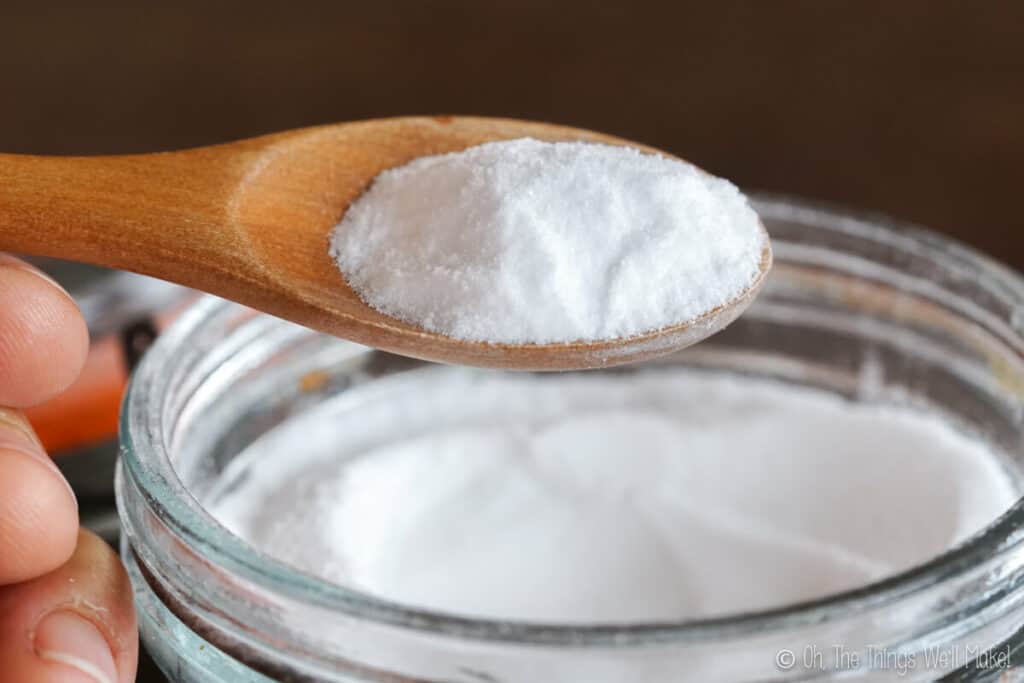
Baking soda
Baking soda breaks up stain molecules, helping to lift stains off of the teeth. That makes it an effective cleanser and natural teeth whitener. It also neutralizes the pH in the mouth which helps prevent tooth decay.
You may have heard that baking soda is really abrasive and damaging to teeth, but that is completely false. Baking soda is actually the second-lowest of the tooth cleansers that have been evaluated on the RDA scale.
What is the RDA Scale?
The RDA scale, or relative dentin abrasion scale, is a tool used to help dentists and patients know how abrasive different tooth powders or toothpastes are.
Baking soda’s RDA value is only 7 on a scale of 0-250. 0-70 is understood as low abrasive and 151-250 is regarded as harmful. The only thing with a lower abrasive rating on the RDA scale is plain water on a toothbrush.
Baking soda’s low abrasiveness and ability to clean the teeth so well make it a great ingredient for homemade toothpaste or toothpowders.
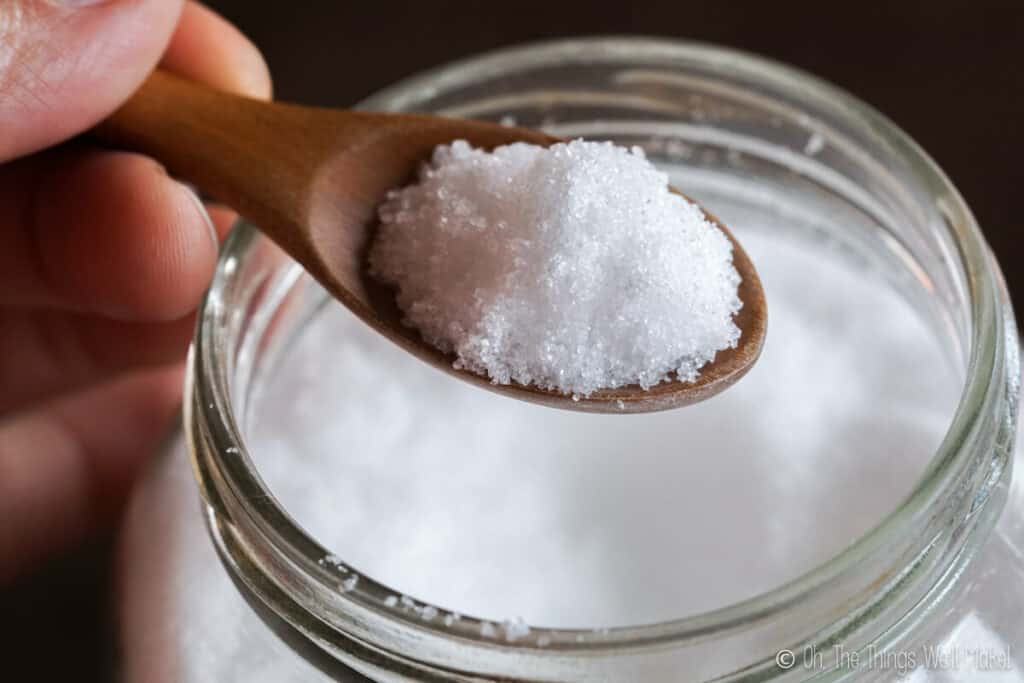
Xylitol
Xylitol is a natural sweetener. Other sweeteners that are added to commercial toothpaste have been shown to have negative side effects.
Xylitol has been shown to prevent cavities and is an ingredient in many sugar-free chewing gums. Xylitol is also great for neutralizing the pH in the mouth. This results in a less acidic environment helping to prevent tooth decay.
This is what we will use to sweeten our toothpaste (with the bonus that it has great oral health benefits).
Xylitol Warning
While xylitol is the perfect choice for sweetening homemade toothpaste and tooth powder for humans, it is toxic to dogs and cats. (And, perhaps, some other animals.)
Do not use it on your pets and keep it out of their reach!
Essential oils
Not only do essential oils have therapeutic benefits, but they can also provide a great fresh taste as well.
Adding essential oils is completely optional, but does add flavor to the powder.
Consider adding oils like peppermint or spearmint for a minty flavor and fresh mouth feeling. Clove oil is another popular essential oil for oral care products.
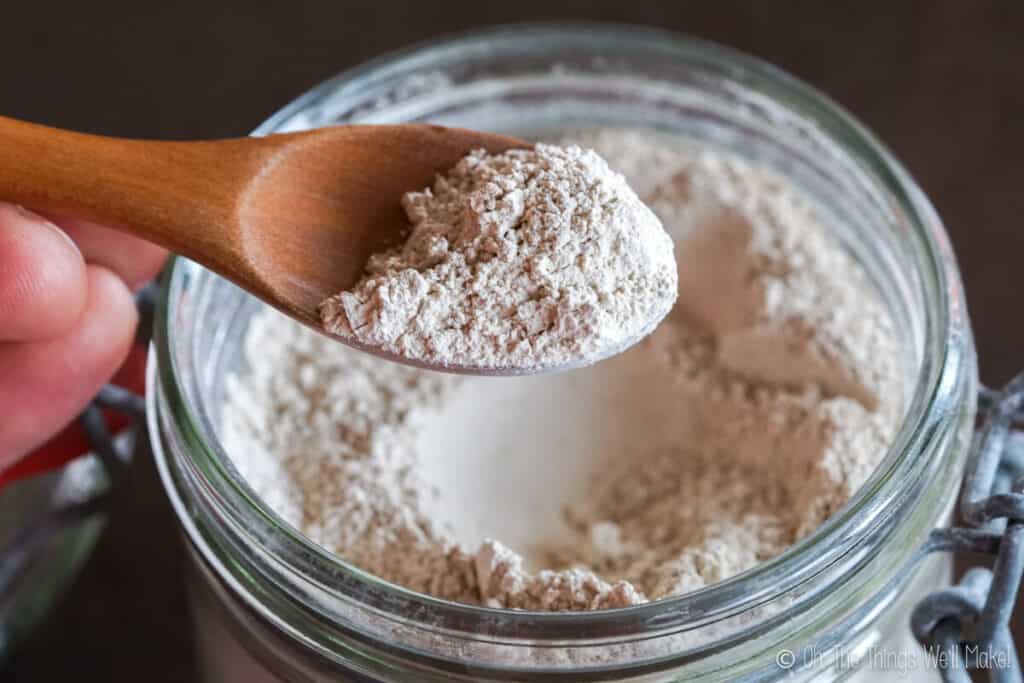
Bentonite clay
Bentonite clay is claimed to help draw out toxins. It also has lots of minerals that may help remineralize teeth.
How to use tooth powder
To use the toothpaste powder simply add a little bit to a damp toothbrush and brush as usual. Ideally, brush your teeth two times a day for at least two minutes.
You may follow up with a homemade mouthwash, if desired.
Video
Recipe
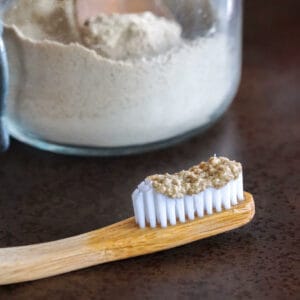
DIY Tooth Powder
Materials
- 3 Tbsp. Bentonite Clay
- 3 Tbsp. Baking soda
- 2 Tbsp. Xylitol
- 5 drops essential oils like mint or spearmint optional, for flavor
Instructions
- Mix all of the ingredients in a glass jar with a wooden spoon.
- To use the toothpaste powder, simply add some to a wet toothbrush and brush as usual.
Notes
Back to Tracy Ariza, DDS…
Customizing the recipe
I tested the recipe as written, using a few drops of mint essential oil, and I loved it.
Still, I thought it would be fun to test other combinations.
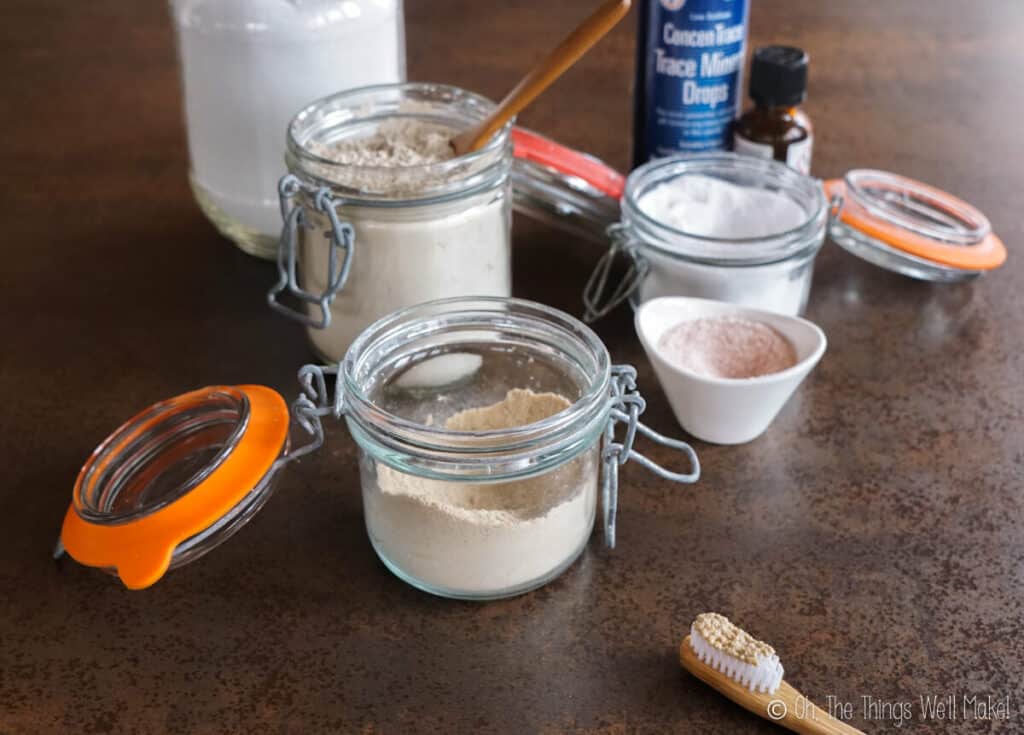
Mineral drops
Mineral drops add, well, minerals to the powder, of course.
Cavities are a type of demineralization of the teeth that happens in the presence of acids formed by bacteria in dental plaque. So, it goes to reason that having a variety of minerals around the teeth (in combination with a higher pH environment) may help with remineralization. That would help prevent cavities.
Because mineral drops are a water-based ingredient, you’ll want to add only a small amount to the baking soda and allow the liquid to evaporate before adding the other ingredients.
(When water is introduced into a product, it promotes microbial growth. We want to avoid that to have a shelf-stable product that doesn’t need any preservatives.)
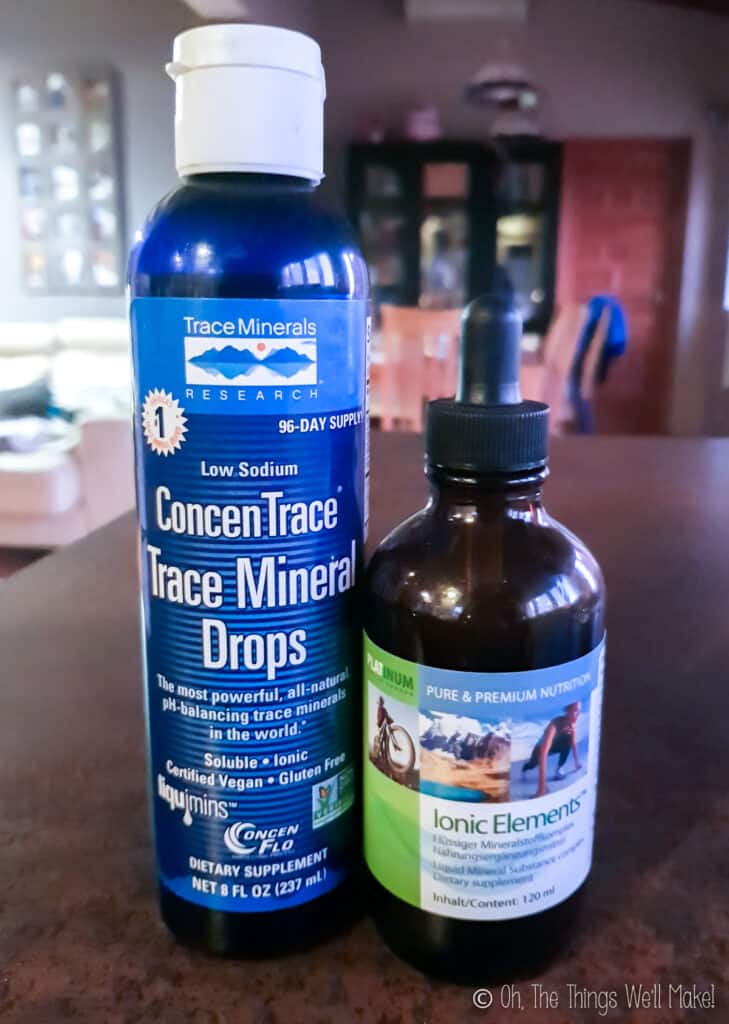
Ionic Elements
One of my favorite trace mineral products is Ionic Elements by Purium (in the USA) and by Platinum Health here in Europe.
Discount Code
If you want to get $50 off Ionic Elements or any other Purium products order of $75 or more, click on the link to their website and use the code: keephealthywithtracy
(I recommend copying and pasting the code to avoid any issues.) This code will get you either $50 off or 25% off- whichever is more!
If you decide you love it and stick with using their products, you will automatically be considered a “loyal customer” after your first order and will continue to be able to buy at a discounted rate. As long as you order every month, you will save 25% on your purchases. You’ll also start to earn Rewards Points. If you forget to order one month, you’ll receive a 15% discount instead. To get back to receiving a discount of 25% off, make sure you order within 30 days of your last purchase.
ConcenTrace
Another trace element product I have used and like is called ConcenTrace by Trace Minerals Research. I ordered through Amazon in the past, but I can no longer find that particular product there anymore. They do have a product called Endure which provides minerals meant to be used as electrolytes for maximizing athletic performance.
Salt
Salt will add a different flavor to the tooth powder, but that’s not the main reason for adding it.
Salt is known to help promote healing and soothe inflammation, making it an ideal addition to toothpaste.
If you use a salt like Himalayan salt, you are also providing extra essential trace minerals. They may help with remineralization of the teeth.
Activated charcoal
Many people have asked my thoughts on adding activated charcoal to homemade toothpaste or tooth powder.
While it does show potential whitening effects, it also may be overly abrasive. Because activated charcoal can vary so much from product to product, it’s difficult to determine an overall abrasiveness rating.
In my opinion, there just isn’t enough evidence to suggest enough potential benefits that outweigh the risk of using it in a homemade toothpaste on a daily basis. (Commerical products that use charcoal may be able to more carefully monitor the abrasiveness of their product in a way that we can’t effectively do at home.)
Kelly agrees and has written a post on her blog with her thoughts on using charcoal toothpaste.
Final thoughts
Making your own toothpaste powder can be extremely beneficial to your oral care routine. The ingredients are natural, safe and better for the environment.
Have you tried using tooth powder yet?
 Español
Español
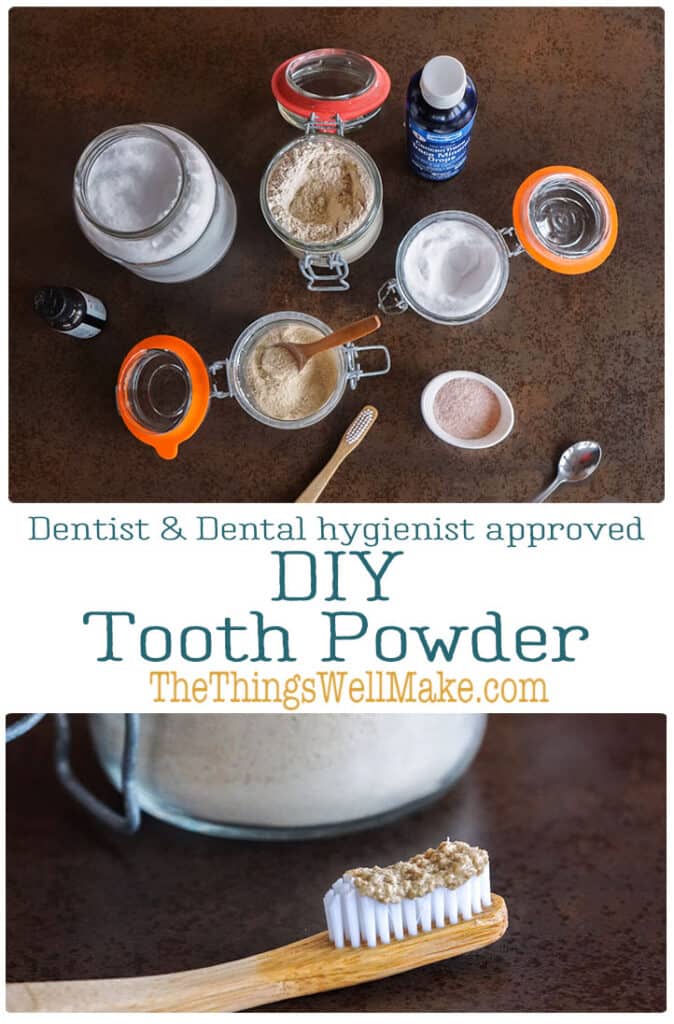
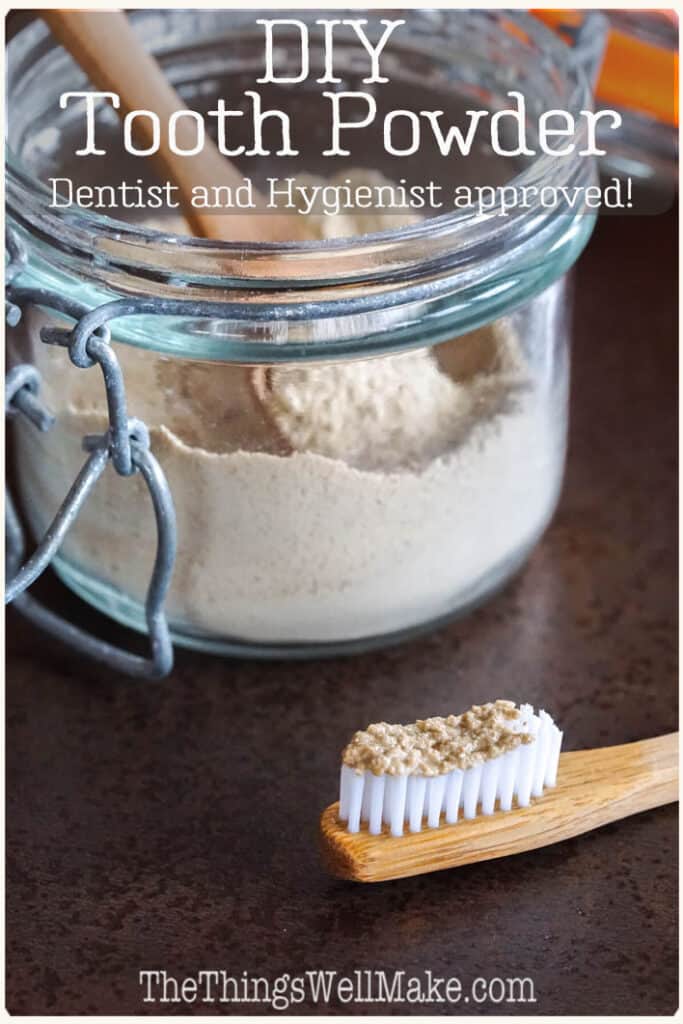
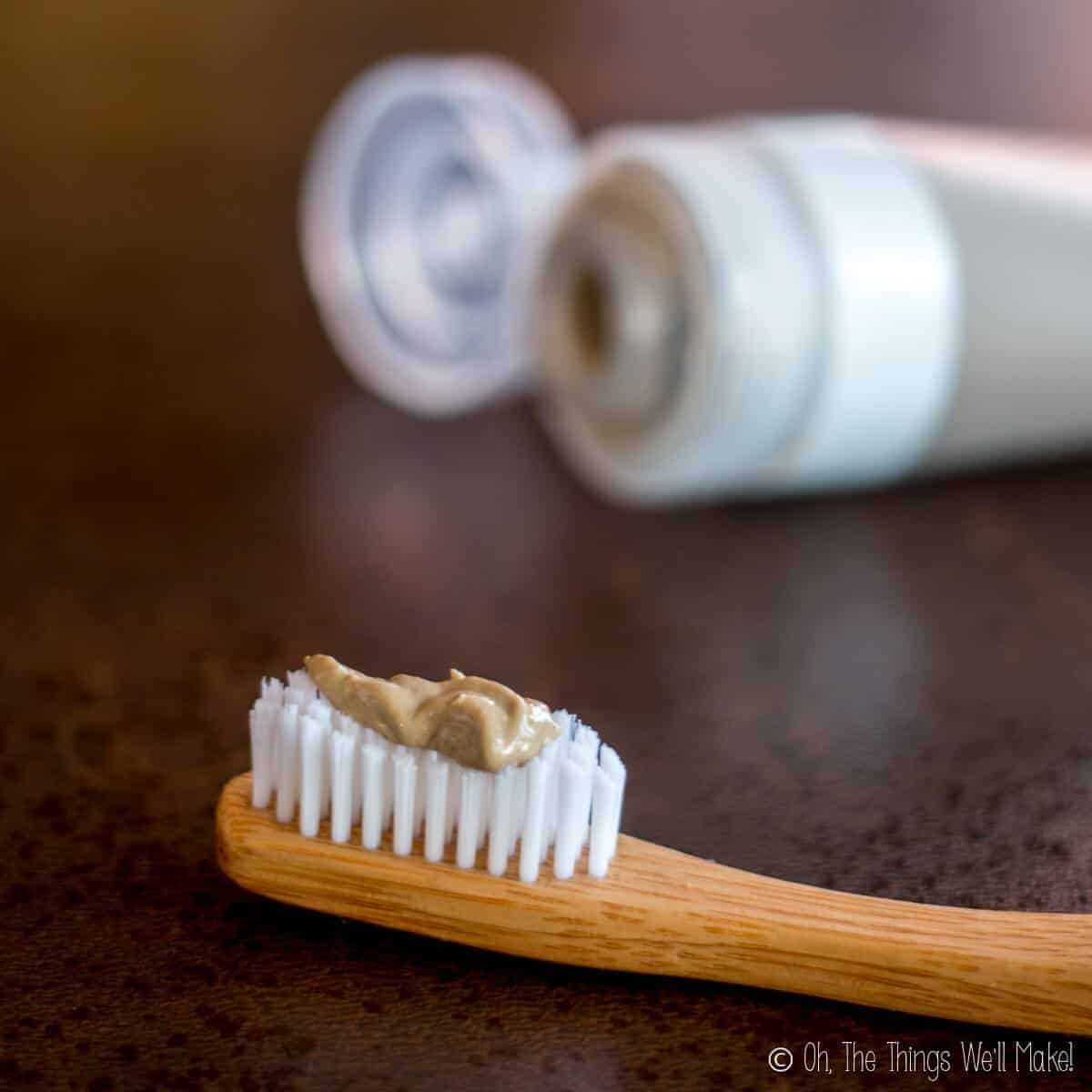
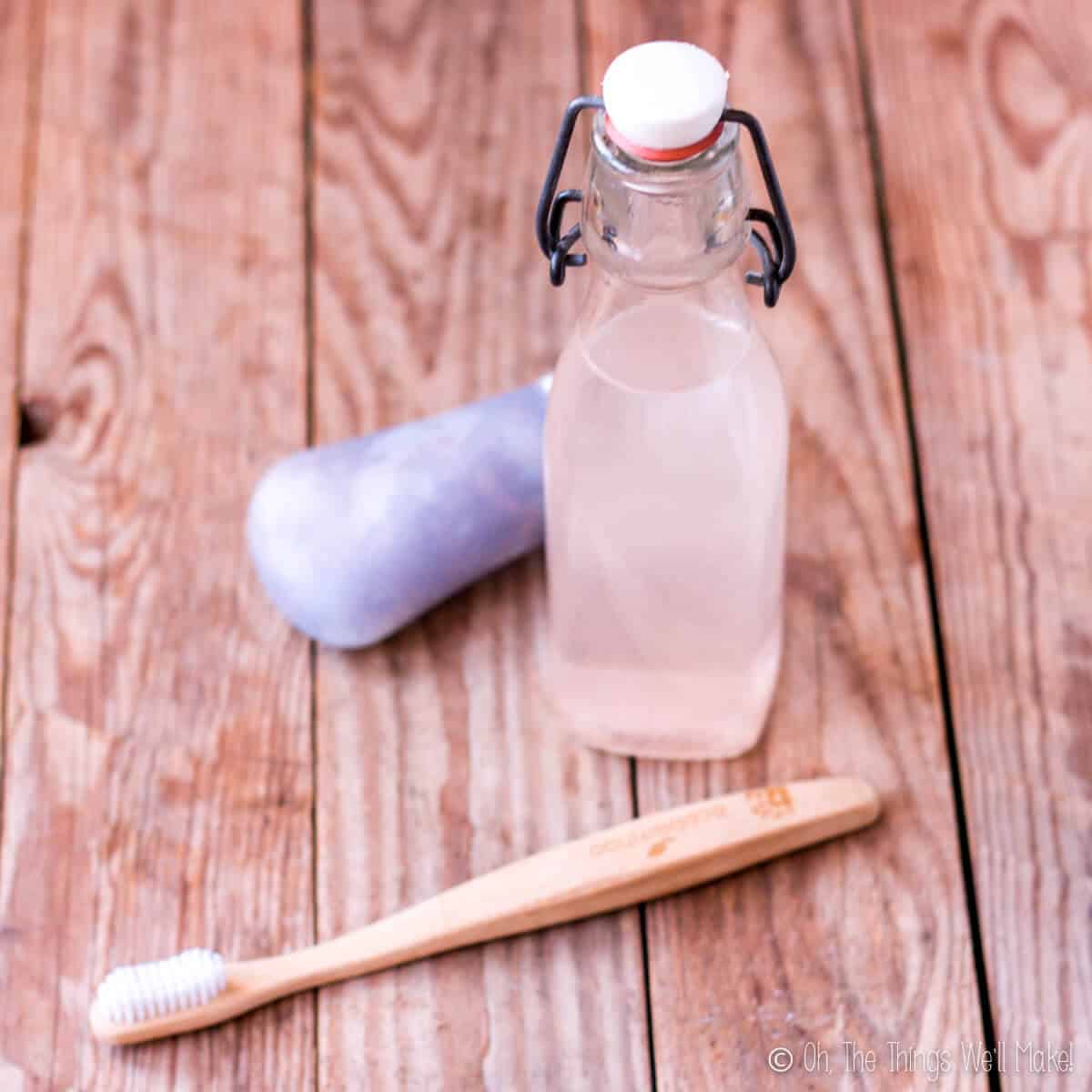
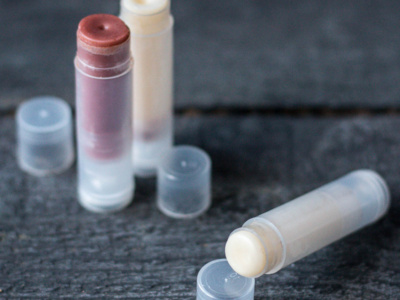
 Basic Pasta Dough Recipe
Basic Pasta Dough Recipe
Ella
making this!
Tracy Ariza, DDS
Awesome! Good luck!
Dani
Thanks for this! I really want to make it, but I really worry about no fluoride. Are the clay and mineral drops comparable to the remineralization given by the fluoride in toothpaste? I know it’s not the best way to get it, but I’m on well water and have weak enamel.
Tracy Ariza, DDS
Hi Dani,
It’s really imposible to make any real comparison unless they were to do trials on it, which they won’t do.
For me, the main contributor to decay/best prevention is diet.
If you feel you are eating a low sugar/carb diet and are still predisposed to cavities and worried about it, then maybe a homemade toothpaste isn’t your best bet and you should consult with a local dentist who can assess you individually.
Genevieve
Do you think I could use stevia powder instead of Xylitol?
Tracy Ariza, DDS
The problem with using something like stevia powder is that it may have the opposite effect as xylitol when it comes to cavity fighting. Xylitol has been shown to have an anti-caries effect, meaning that it may help prevent cavity formation. When it comes to stevia powders, they often have different compositions. If it’s just the ground up leaves, yes, it can add sweetness, but it may also increase the likelihood of microbial formation. For a tooth powder kept in dry form, it’s probably not a problem, but if this were for a toothpaste, it could make it so that bacteria might form more quickly in the finished product.
So, to clarify, you could probably use it, and it probably wouldn’t cause issues in a tooth powder, but it wouldn’t have the same anti-cavity properties as the xylitol would give it.
Munawara
Hola Tracy! y se podrá usar polvo de stevia y hierbabuena?
Tracy Ariza, DDS
De poder- si se puede, pero diré por qué no creo que sea lo ideal…
Utilizo xilitol debido a su probada eficacia en la prevención de la aparición de caries. Estevia no tiene las mismas propiedades.
El problema de usar plantas en la receta es que, aunque sean plantas que no causen caries en si, cualquier materia orgánica que no se quite completamente podría causar una formación de bacterias en la boca.
Paulina
hello.
I am looking for a diy recipe to do toothpaste tablets, the ones you chew to brush your teeth.
the videos I’ve seen show similar ingredients to your toothpaste and then drying little dots of the mix in the oven. Any thoughts?
thanks
Tracy Ariza, DDS
Hi Paulina,
I actually bought some molds and a powder compressor (actually sold for making milk tablets!?!) to experiment with it, but never got around to it.
It’s something I’ve been meaning to try and, yes, I think it could work, but I’ haven’t gotten that far yet. 😉
Paulina
thank you for your answer.
if you try, please post!
Jessica
With regards to adding the Trace Minerals, is there any guidance on how much to add so as to not throw off the Ph balance? Also, do you have any thoughts on adding raw cacao powder? I’ve done that in a squeezable DIY toothpaste recipe, but have not made tooth powder yet. Thanks!
Tracy Ariza, DDS
Hi Jessica,
The trace minerals shouldn’t really alter the pH much. They’re generally salts and minerals. I’d just add a few drops. It’s not in contact with your teeth long enough to make a huge difference either way, but the minerals could possibly help. You could also rinse with water with trace minerals if you prefer.
As for the raw cacao- sure! As long as it doesn’t have sugar in it, that’s fine. I had it as an optional addition to my homemade toothpastes too. 😉
Tina
What lovely recipes. Can we add food grade diatomaceous earth to the toothpaste or tooth powder?
Tracy Ariza, DDS
Hi Tina,
The concern I have with diatomaceous earth is that it would be difficult to know how abrasive it is. I would think it would vary from batch to batch, depending on the type of DE and where it was obtained, etc. I’d be concerned about using anything overly abrasive on the teeth and wearing them down.
Crystal
Hi, I was wondering if there’s anything to replace to bentonite clay, that is not white clay also..? Or if without it it would be fine? Also, I would put some cacao unsweetened powder in it. Is that ok?
Tracy Ariza, DDS
You could use caclium carbonate as I did in these posts: toothpaste and solid toothpaste. Yes, the cacao is fine.
Belle
Hi! Is the xylitol optional? While I know it can have benefits for oral health – we do have pets that LOVE to lay in our bathroom sink and I worry if there was ever any residue left in the sink (I have a kid who doesn’t always rinse the sink well) that it could be a problem. Thanks!
Tracy Ariza, DDS
Hi Belle,
Yes, no worries! It’s totally optional.
It’s there to add sweetness and increase the possible cavity-fighting abilities of your toothpaste, but it’s not essential!